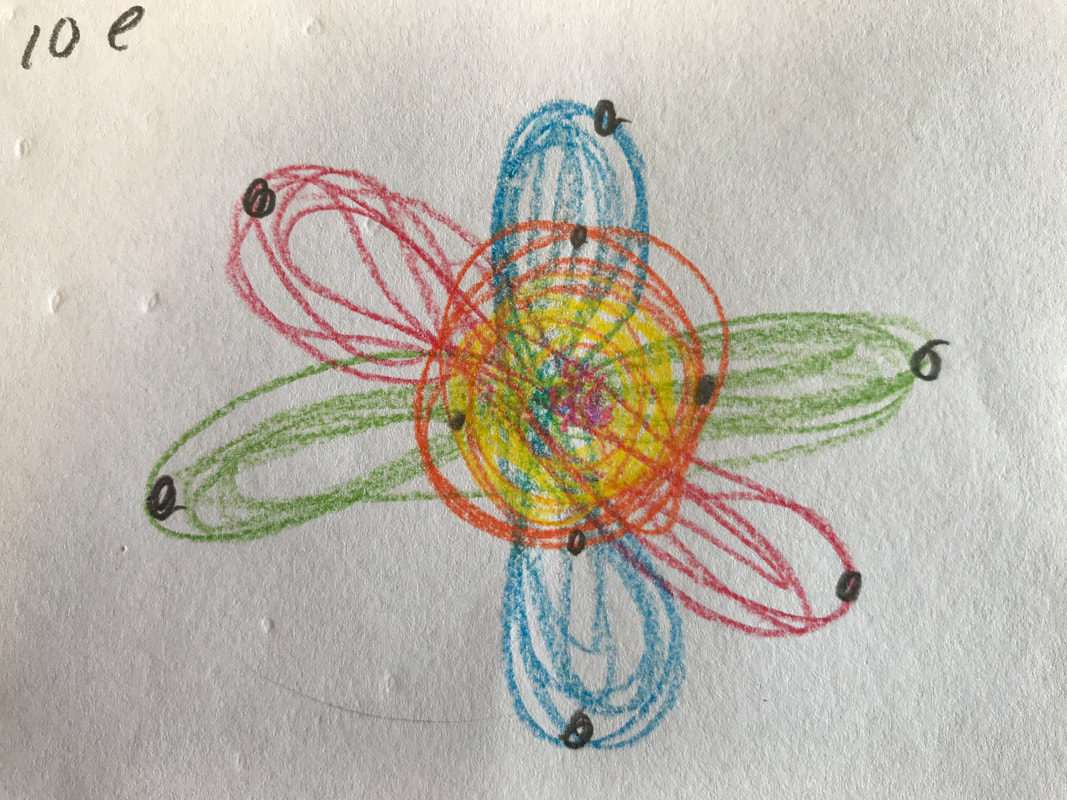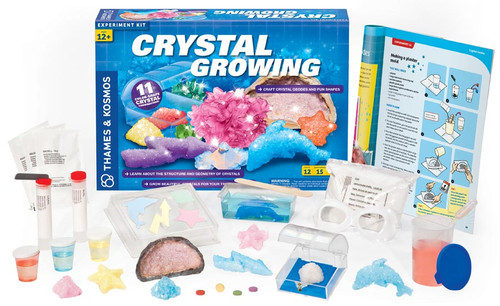This lab worksheet has directions for a self-directed lab. This worksheet can be used with my Scientific Method worksheet and is suggested. But they can also be found right in your kitchen in the form of sugar and salt!

You can easily grow crystals by adding a crystal -forming chemical to water and waiting for the water to cool or evaporate. Here you’ll find five different methods for how to grow crystals. The actual lab procedure, writing, etc can be completed in one day, then the crystals are left to grow —over the weekend works great—beginning on a Thursday or Friday and completing on Monday. See full list on carolina.
Caution: Review lab safety with your students before they begin work or before you demonstrate the activity. Use caution around hotplates and hot water. When demonstrating this activity, ensure students maintain a safe distance from the work area to avoid injury from accidental splashes or spills. Put on the gloves, apron, and goggles.
Add about 3mL water to the 500-mL beaker. Place the beaker on the hotplate. Adjust the heat to medium and heat the water until it is very hot, but do not let it boil.
Gradually add salt to the beaker and stir to ensure it all dissolves in the water. Add at least 1mL salt to the water or as much as will go into solution. Use the forceps to remove the beaker from the hotplate, and then pour a small amount of saltwater solution into the shallow container or petri dish. Allow the solution to sit undisturbed for about one hour.
Small salt crystals will form in the container. These small crystals will be used as the seed crystals for. Heating the water allows it to hold much more salt in solution than it could at room temperature.
As the water cools, its ability to hold thesalt in solution diminishes. This causes the excess salt in the solution to precipitate (form a solid) in crystal form on the string. How to grow sugar crystals? What do crystals learn about? How long do crystals take to grow?

Students grow crystals in the lab using solutions. They grow in a pattern that is organized and three dimensional, without any help from us. Most crystals take years to form under pressure and heat, and they have strong attractions that draw them together into their patterns. Crystals are a very special structure. Slightly more than 1types of atoms make up all substances.
In this activity , we are going to grow salt crystals ! Rock candy crystals are a fantastic activity to add into homeschool science activities for preschool. Lower the snowflake into the hot, colored supersaturated solution and let it sit, undisturbed overnight. The next day, carefully lift the pencil and check out the gorgeous crystals ! They should learn about solubility, saturated solutions, crystallization, and gain an understanding of the intersection of art and science.

It comes with materials to grow crystals , a lighted base to display them, and. In this crystals lesson plan, students set up a crystal growing apparatus using a sugar solution with a thread attached to a piece of copper wire that is inserted in the solution. On the other han if you are trying to grow a larger single crystal , you will need to obtain a seed crystal. One method of getting a seed crystal is to pour a small amount of your saturated solution onto a plate, let the drop evaporate, and scrape the crystals formed on the bottom to use as seeds. As the solution cools, crystallization begins on the rough surface of the string.
Different chemical solutions form different crystal shapes. This activity requires extensive adult supervision and involvement as we are working at very high heats. Please use common sense and keep everyone safe.

Not all children are safe in the kitchen, and this activity should. This is where we can interfere and make our solution become any one of many wonderful candy treats.
No comments:
Post a Comment
Note: Only a member of this blog may post a comment.